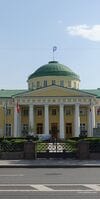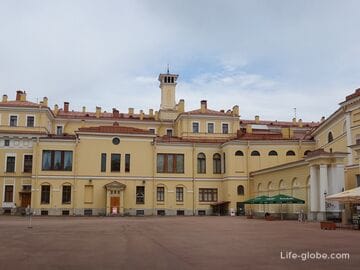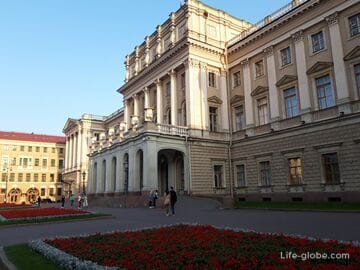The Tauride Palace - a former noble residence and one of the imperial palaces of the city; now an architectural monument, which is a landmark of St. Petersburg.
The Tavrichesky Palace is one of the most outstanding monuments of architecture of the classical era, as well as the history and culture of St. Petersburg.
Guided tours of the palace are available.

The Tavrichesky Palace in the classical style was built on the instructions of the Empress Catherine II as a residence for her favorite Prince Grigory Potemkin-Tavrichesky. The construction was carried out from 1783 to 1789 according to the project of the architect I. E. Starov.
The palace was named "Tavrichesky" after the title of Prince of Tavrichesky, which was granted to the temporary owner in 1787, after the annexation of the Crimea (Tavrida) to the Russian Empire.
After Potemkin's death, two Little Russians, Harnovsky and Gribovsky (the first was Potemkin's steward, the second - Zubov's secretary), took to themselves the decoration of the ownerless palace: statues, paintings and furniture.
Catherine II ordered to take the palace to the treasury, and such became the imperial residence. During the reconstruction of 1793-1794, the east wing was equipped with a theater hall, and the west wing was equipped with a house church.
In 1797, by the decree of Emperor Paul I, Harnovsky and Gribovsky were put on trial for predation, and the property of the Tauride Palace was transferred to Mikhailovsky Castle, and the palace itself was transferred to the Horse Guards Regiment for barracks.
After the death of Paul I in 1801, the Tauride Palace was restored as one of the imperial residences. The reconstruction of the palace interiors was supervised by L. I. Ruska, K. Rossi and V. P. Stasov.
In the middle and late 19th century, the palace was home to some members of the imperial family who did not have their own "named" palace, as well as honorary guests of the emperor. In the late 19th and early 20th centuries, public events, balls and other celebrations were held in the Tauride Palace.
From 1906 to 1917, the palace was the seat of the State Duma of the Russian Empire.
After the Great Patriotic War, the Tauride Palace was restored, and until 1990 it housed the Leningrad Higher Party School.
Today, the headquarters of the Inter-Parliamentary Assembly of the CIS member States is located in the palace building. Also, some of the halls and rooms of the palace are guided tours for everyone.
The main facade of the Tauride Palace with the adjacent front yard, faces Shpalernaya Street, from which it is separated by a fence made in 1792-1793 by the architect F. I. Volkov.
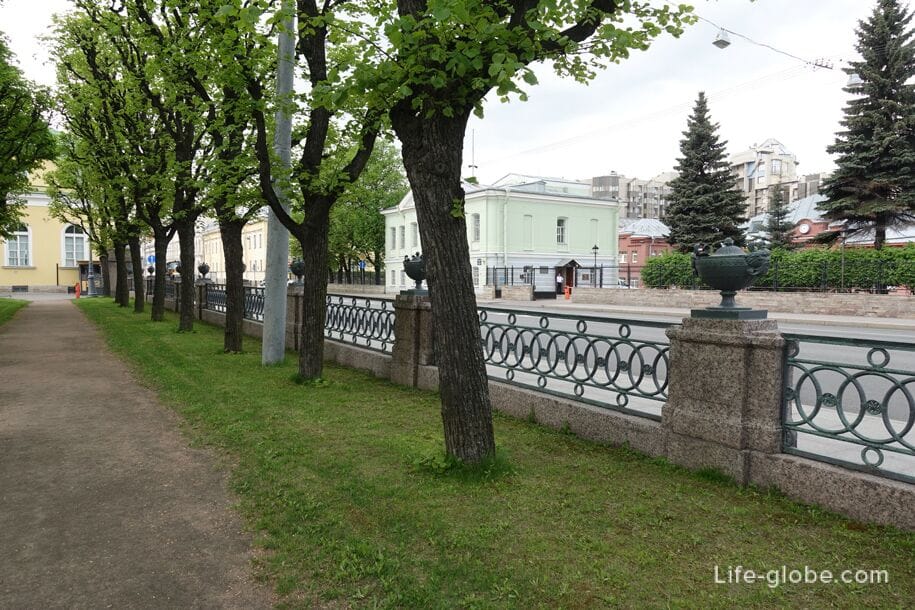
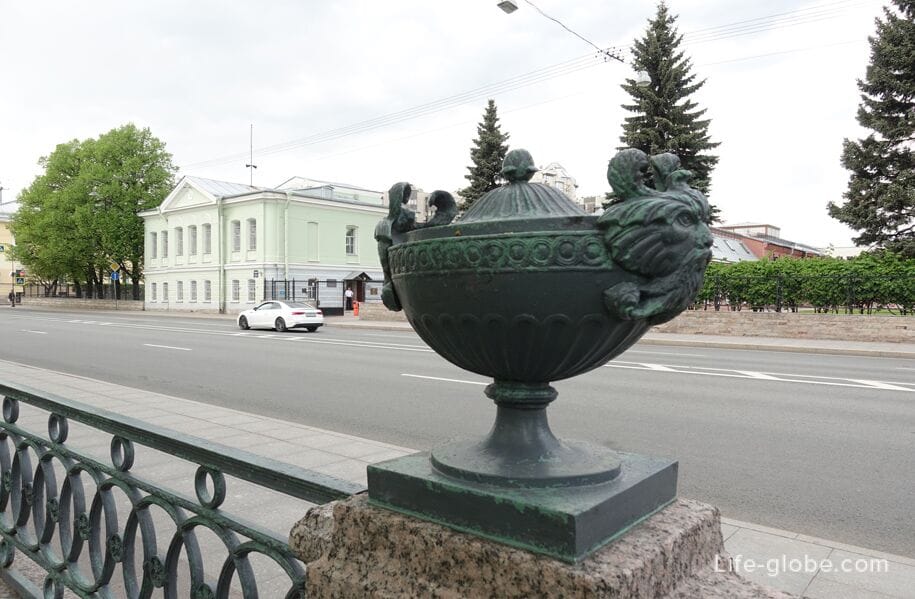
The palace has a small volume and a retracted shape, consists of a central and two side buildings.
The central two-story building has a columned portico with a pediment and is topped by a flat dome on a low drum. The walls are cut through with windows and completed with an entablature of a strict pattern with a frieze of triglyphs.


The main building is united by one-story galleries with side two-story buildings, which also have porticos, which, unlike the central building, are made in simpler forms.
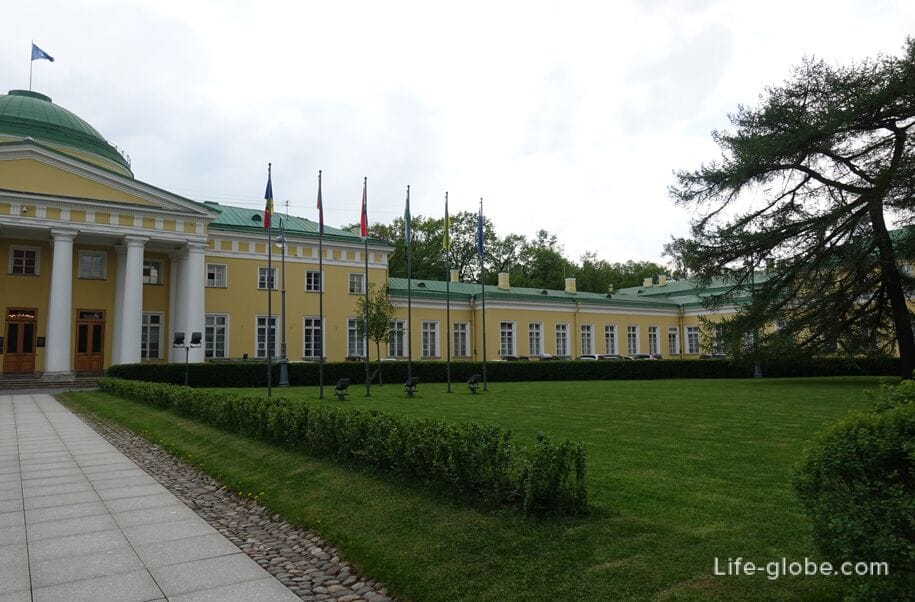
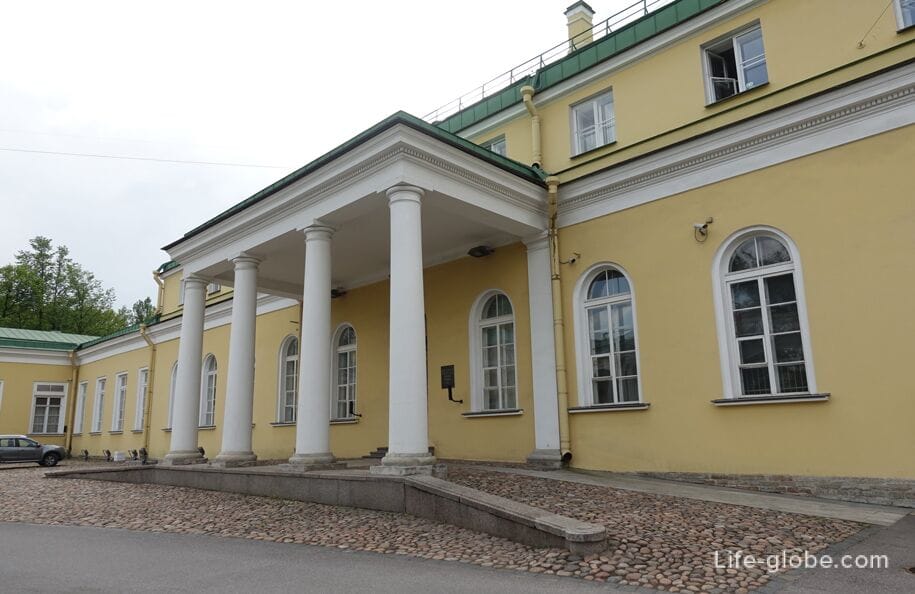
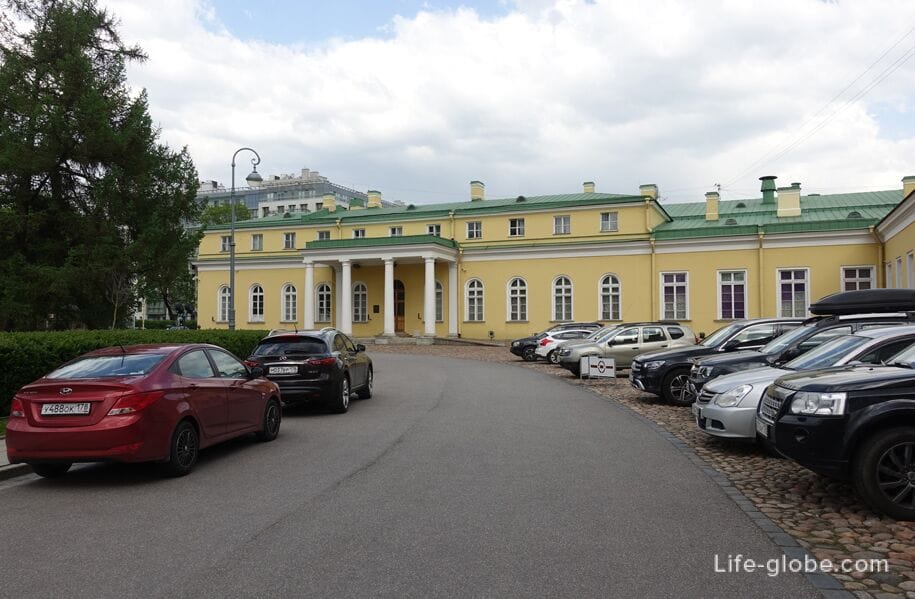
From the side of Tavricheskaya Street, the territory of the palace is surrounded by a stone fence.

Excursions in the Tauride Palace
The Tavrichesky Palace is also home to the Center for the History of Parliamentarism, which organizes tours of the state halls of the Tavrichesky Palace and exhibitions dedicated to the history of parliamentarism.
During the tour, guests take a walk through the three state halls and other rooms of the Tauride Palace, learn the history of its inhabitants, visit the magnificent Duma Hall-the place of work of the State Duma of the Russian Empire, as well as get acquainted with exhibitions dedicated to the history of Russian parliamentarism and the history of the Tauride Palace.
The duration of the tour is 60 minutes.
Guided tours of the palace are paid, both for organized groups and for individual visitors.
To visit the tour, you must submit an application on the website of the Center for the History of Parliamentarism: parliament-history. On the website you can also find out the cost of excursions, the time of the visit and the conditions of the visit.
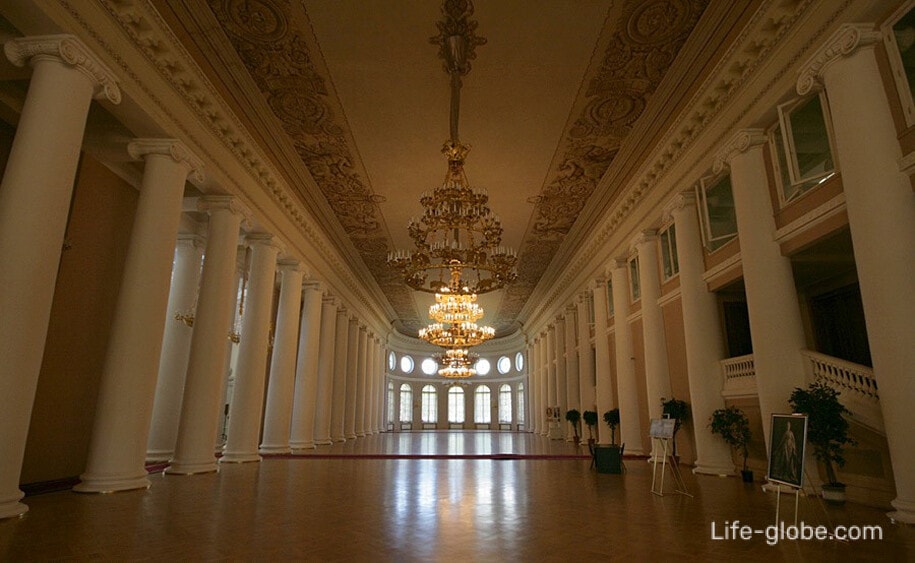
Tavrichesky Garden
Previously, the Tauride Palace was adjacent to the garden, which was laid out at the same time as the construction of the palace.
In 1866, the garden was opened to the public and turned into a city park.
Today it is also a public public garden, which is a monument of landscape art and is separated from the Tauride Palace by a fence.
In the Tavrichesky Garden there are: paths and alleys for walking, places for recreation, a fountain, cafes, toilets, children's and sports grounds, lawns, view embankment slides, monuments, pavilions and a pond with a canal and bridges.
The entrance to the Tavrichesky Garden is free (free of charge). Learn more about the Tavrichesky Garden and the garden greenhouse...
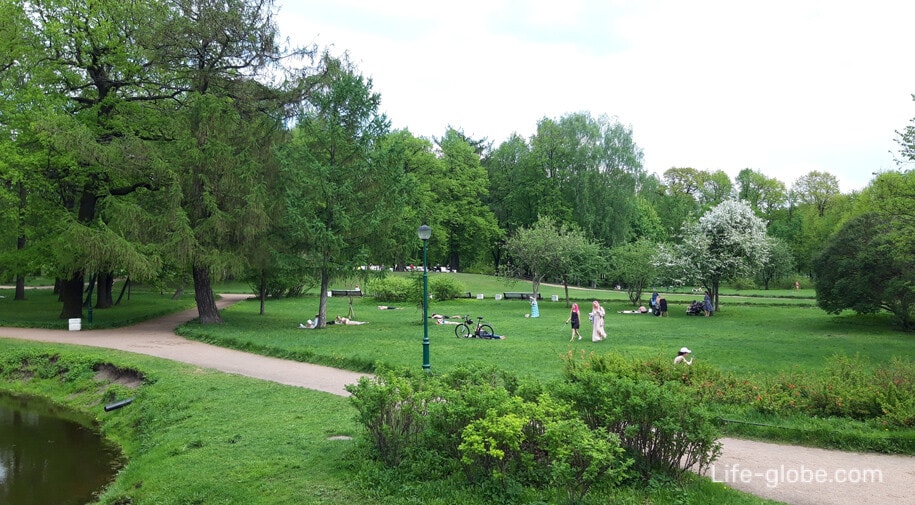
View of the Tauride Palace from the Tauride Garden

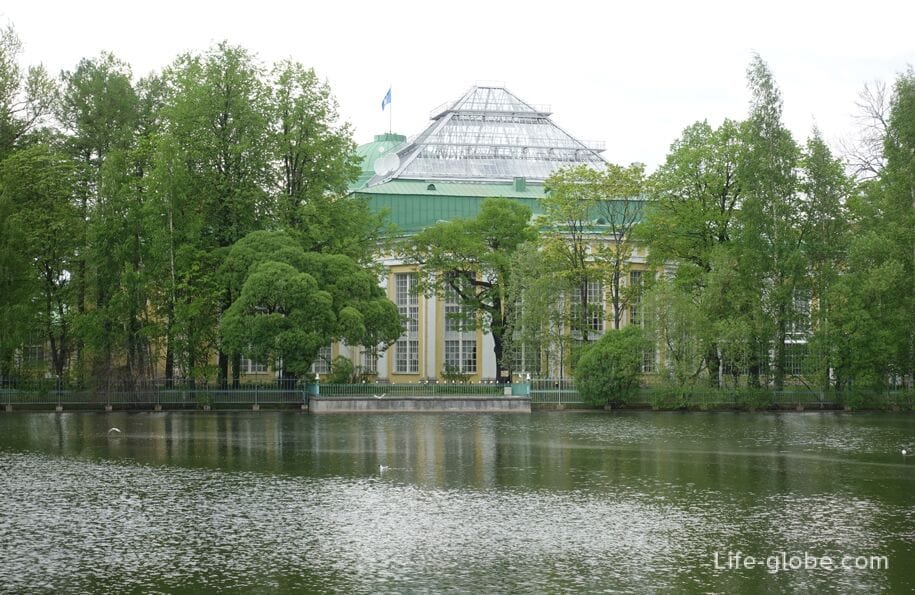
Practical information
Address of the Tavrichesky Palace: 47 Shpalernaya Street, Saint Petersburg, Russia, 191015.
Coordinates of the Tauride Palace: 59°56'52.0"N 30°22'33.0"E (59.947778, 30.375833).
Nearest metro station: "Chernyshevskaya".
All accommodation facilities in St. Petersburg, including in the city center and more remote from it, can be viewed and booked here




